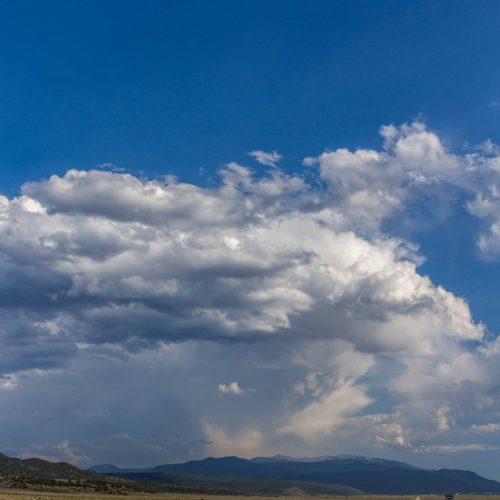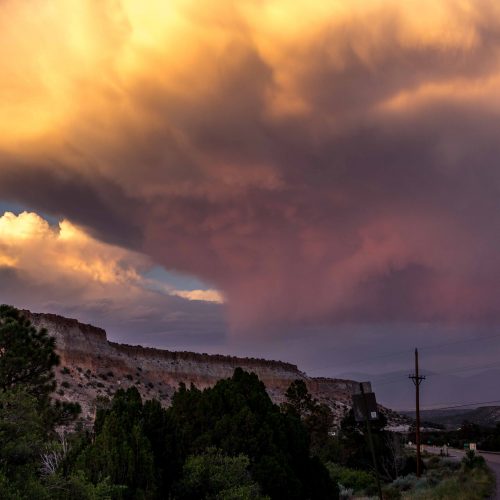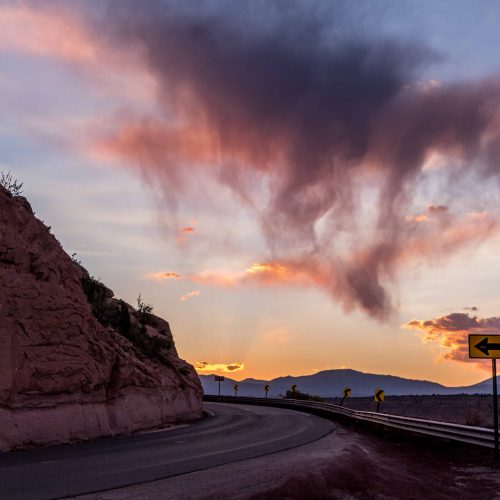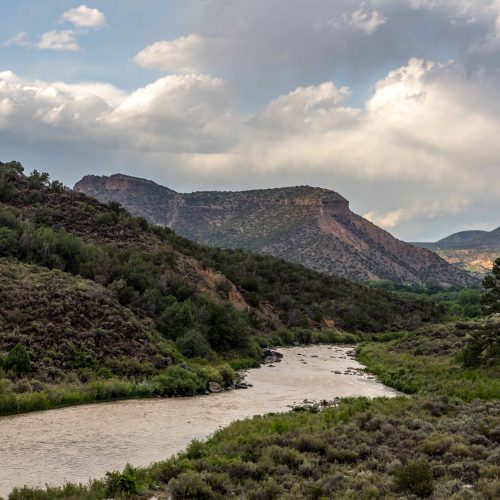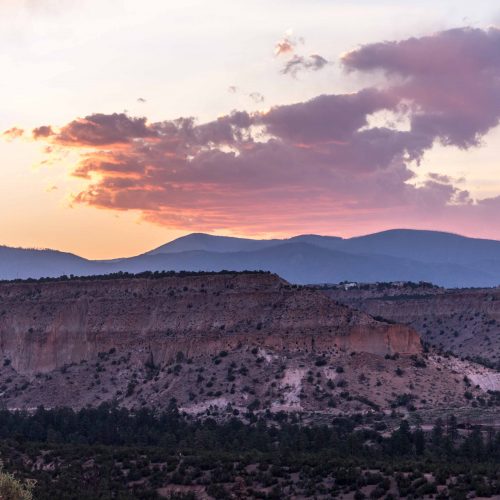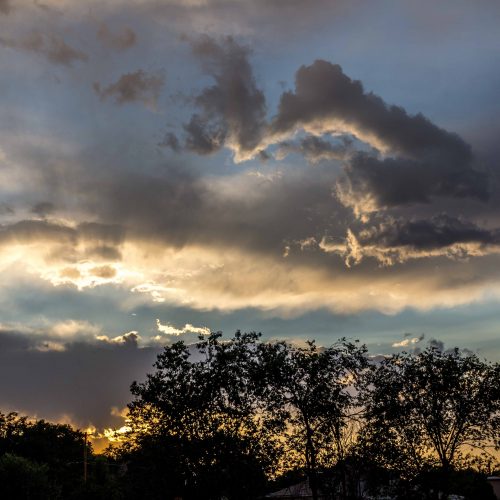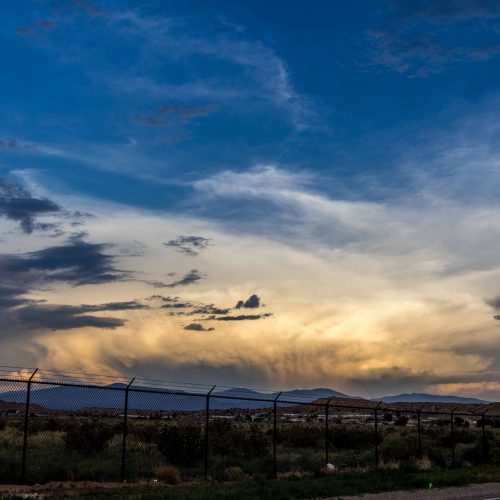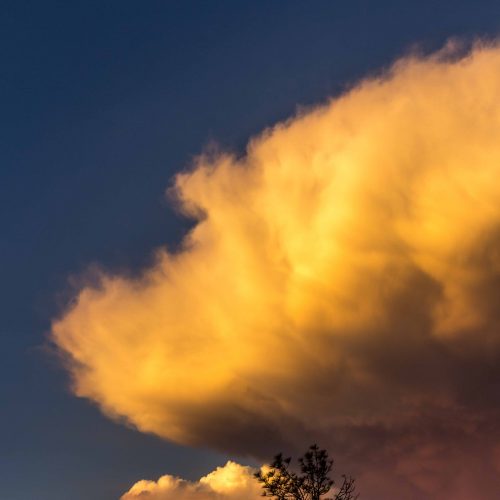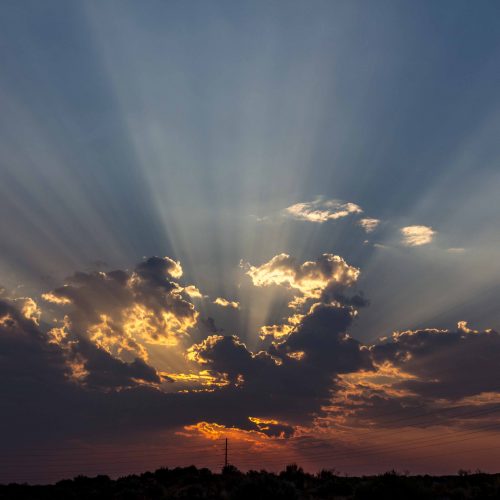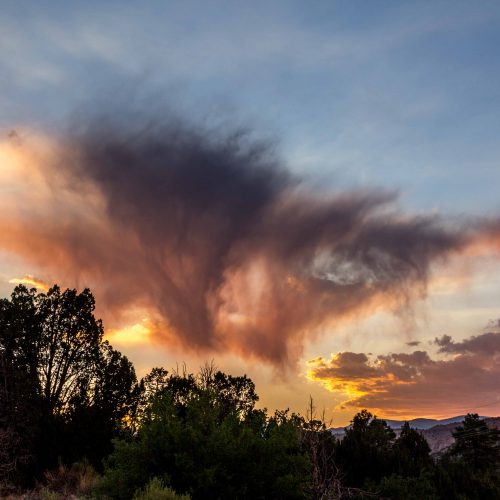The Contax brand is one of the most famous names in photography. The Cold War split the company in two. In postwar West Germany, Zeiss Ikon (Stuttgart) was responsible for making cameras with this name. In good competitive fashion, state companies in East Germany used the same brand for a while, changing the brand on their export models sold in the Western markets. But then, Japanese camera makers conquered market shares. West German cameras were over-engineered and too expensive.
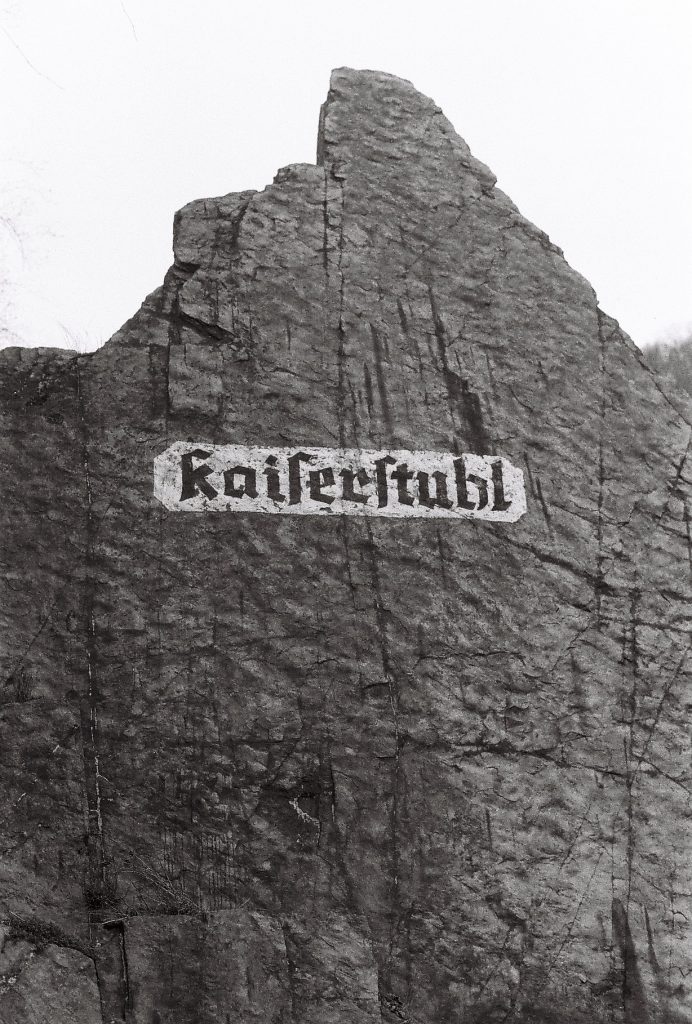
With the demise of the Zeiss Ikon company in the late 1960s, the lensmaker Carl Zeiss was looking for a partner company and found it in Yashica. In 1972, an agreement was signed. From now on, the legendary Carl Zeiss lenses would be made for a Japanese body (and the lenses soon were also manufactured in East Asia).
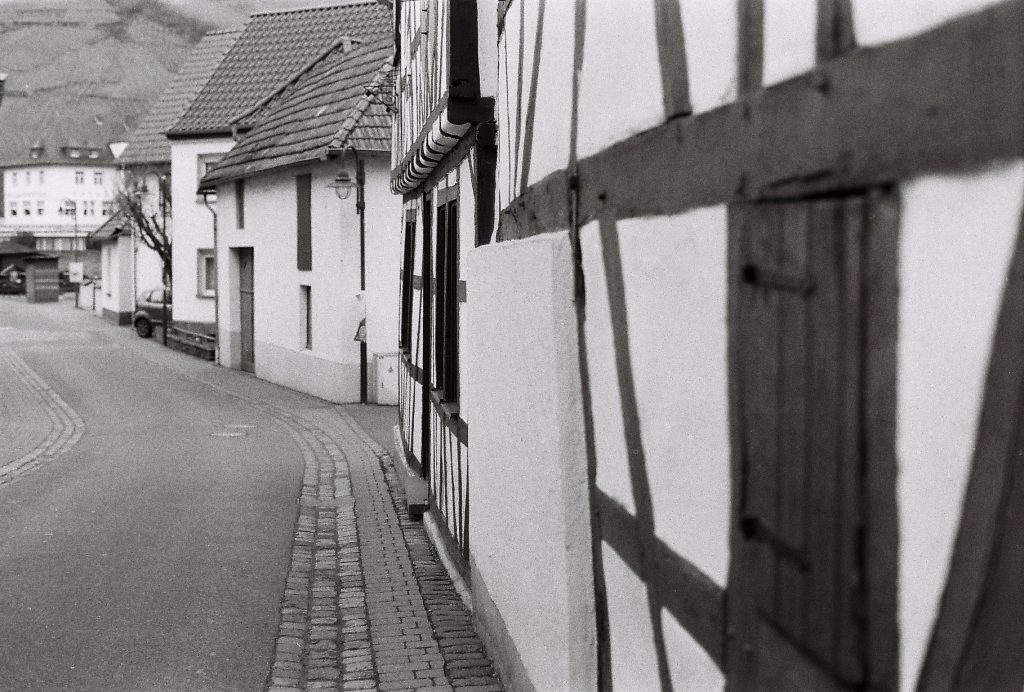
This Contax/Yashica 137 MD is one of the underrated “sleeper” cameras to discover and enjoy. Appearances can deceive but the classic design (some call it “puristic”) is elegant and functional. It echoes the pioneer of the series, the Contax RTS designed by Porsche. This camera handles very well, just like its predecessor, the 139. But the 137, introduced in 1980, has an integrated motor drive which advances the film automatically (rewind is manual, though). In terms of controls, aperture-priority makes the most sense to me, so that’s a benefit here. One big plus is the ability to use Carl Zeiss Oberkochen glass, in my case the CZ Planar 50mm f1.7 T* and the 28mm Distagon.
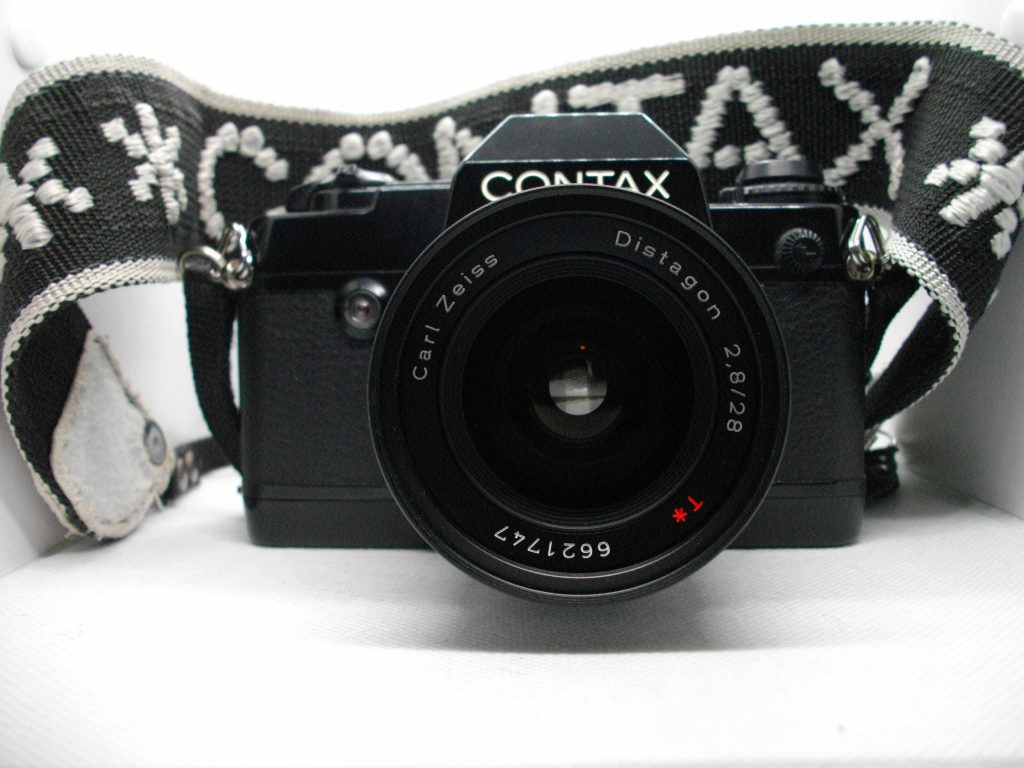
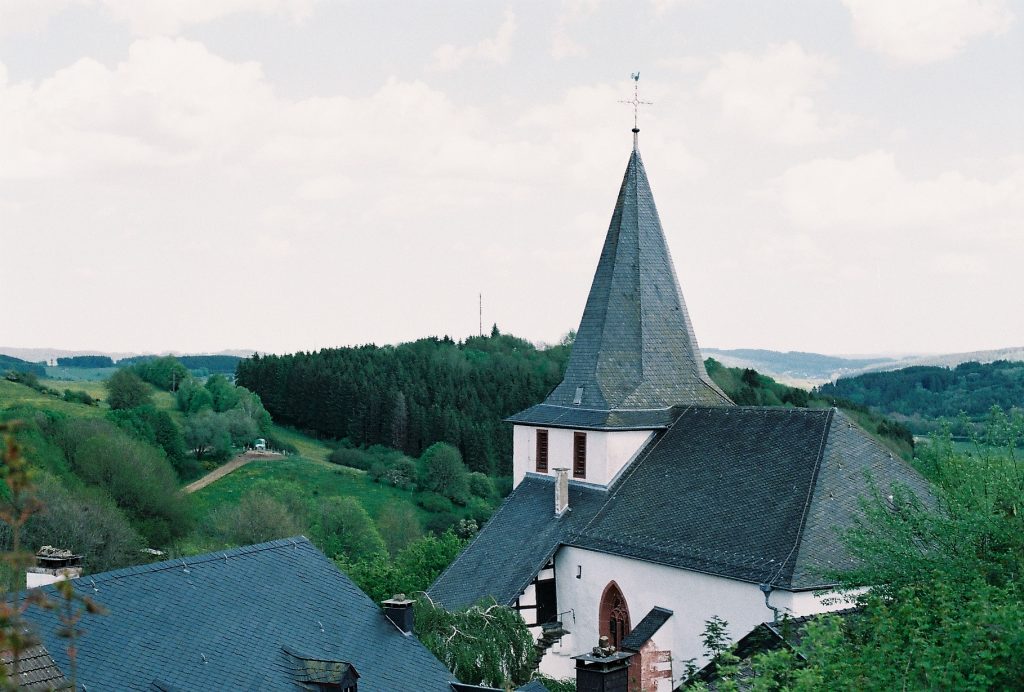
I got into the Contax orbit by virtue of Heidifoto in Munich. When I started exploring vintage cameras, I encountered a range of websites discussing gear and glass. Heidifoto explained how the Contax-Zeiss collaboration combined the best of Japanese and German engineering. I really enjoyed their way of talking about the benefit of using the system, and actively sought out a few Contax bodies with the most inexpensive lenses. My learning curve was steep, but it helps when you see the results of Zeiss craftsmanship. The relationship between cost and performance was unbeatable.
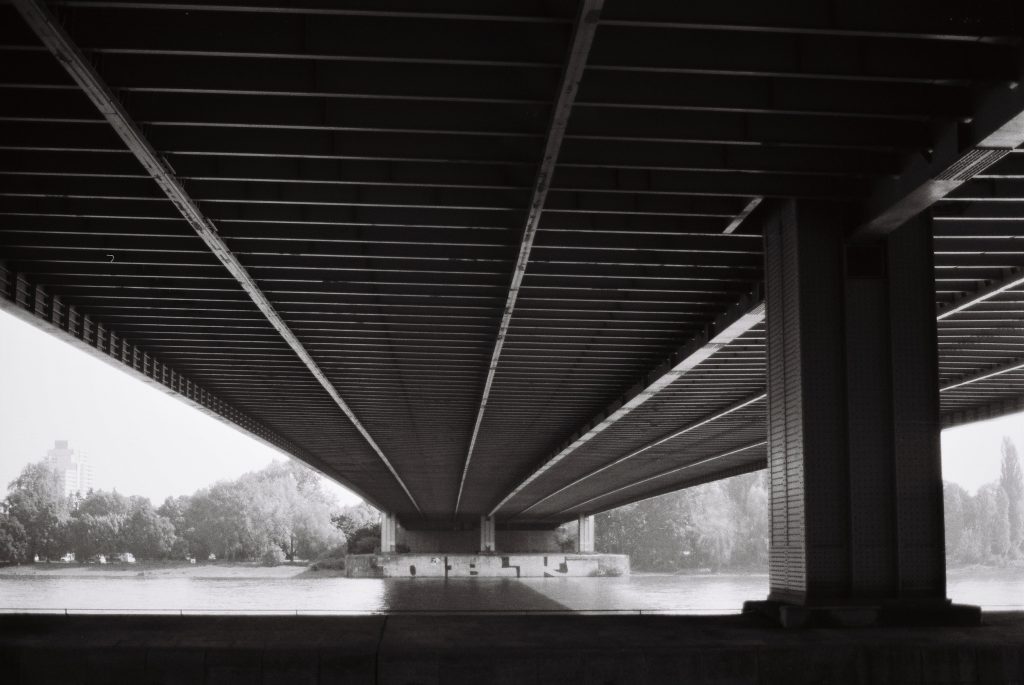
On a vacation, my steps somehow led me to Heidifoto headquarters where they offer a spectacular selection of vintage camera gear. Of course, to honor their commitment to analog photography, I had to purchase something, right? Eventually, a clean and beautiful Carl Zeiss 28mm Distagon ended up in my bag.
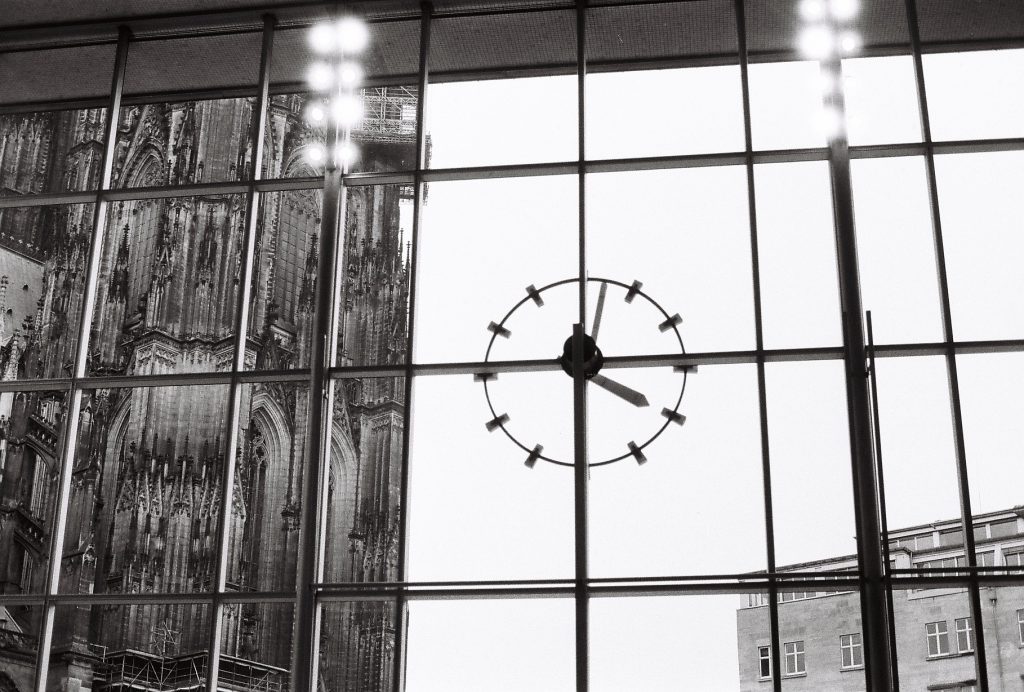
Now, time always has an effect on products from the 1980s. In some cases, the soft leatherette disintegrates, and you can reskin the body with an easily available set in your favorite color. There is a similar issue with Nikons from the era, but it is easier to use alcohol to get the surface cleaned up and reveal the bare plastic. Mechanically, there is little to fault the engineers. Straightforward instructions, AE lock, under- or overexposure buttons. Nothing fancy or complicated. Since I am using many different cameras in a short time, these features seem to suit me best. It can be quite frustrating to set aside a camera to check the manual again for some inexplicable combination of buttons (I am thinking rewind functions of the Nikon F90!)
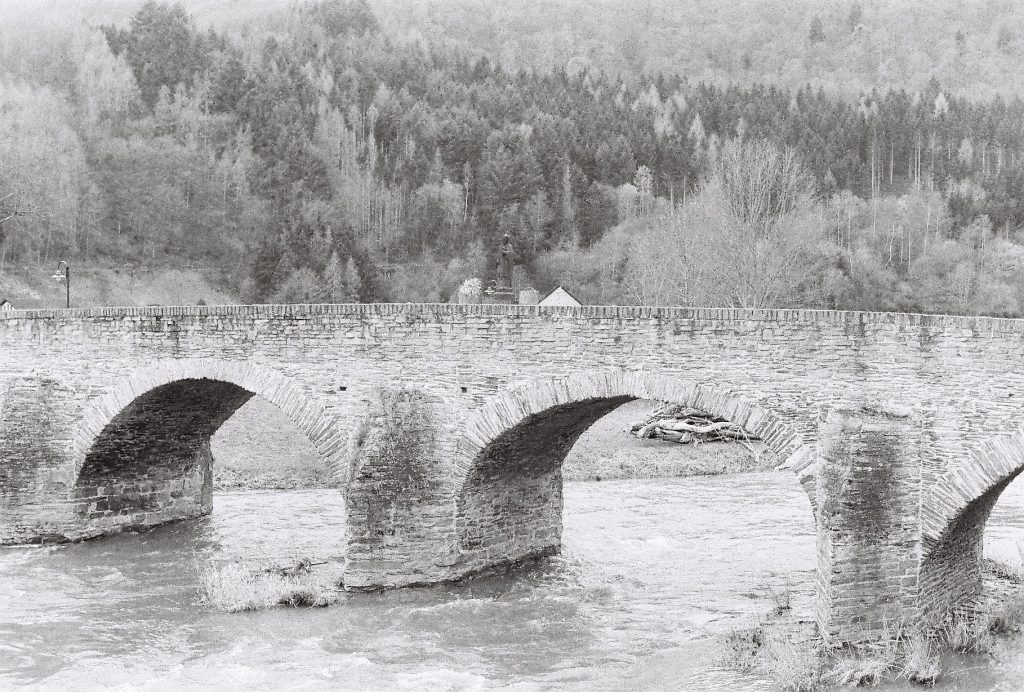
SLRs in the 1980s were expensive, the latest electronics made prices jump. Everything from watches to cameras had to have the term “quartz” in them to make a splash. At the same time, competition was fierce, and manufacturers had to offer a good price to succeed. When brand new, you had to shell out 900 DM (approximately 450 Euro) for the Contax 137MD.
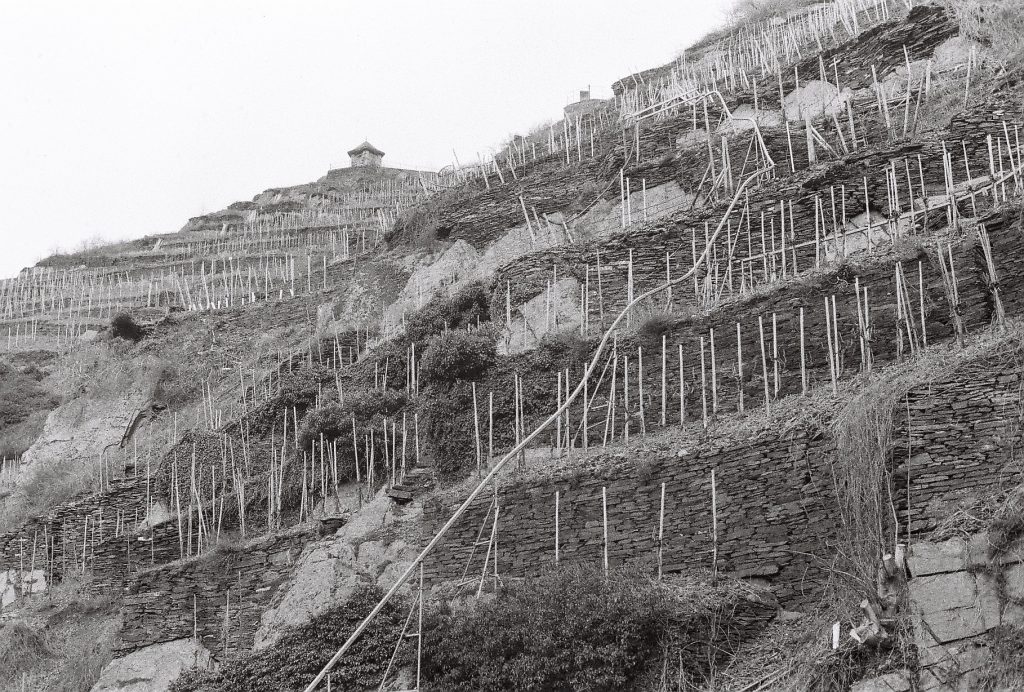
My selection of favorite cameras of course reflects my mode of operation: With analog cameras, I rarely use flash or self-timer. Most of my shots are done in daylight. Where the makers in the 1970s and 1980s racked their brains about making their machines capture every last bit of light, I am less impressed with these kinds of applications. There are some moments where digital is less challenging. In other areas, the challenge might be interesting.
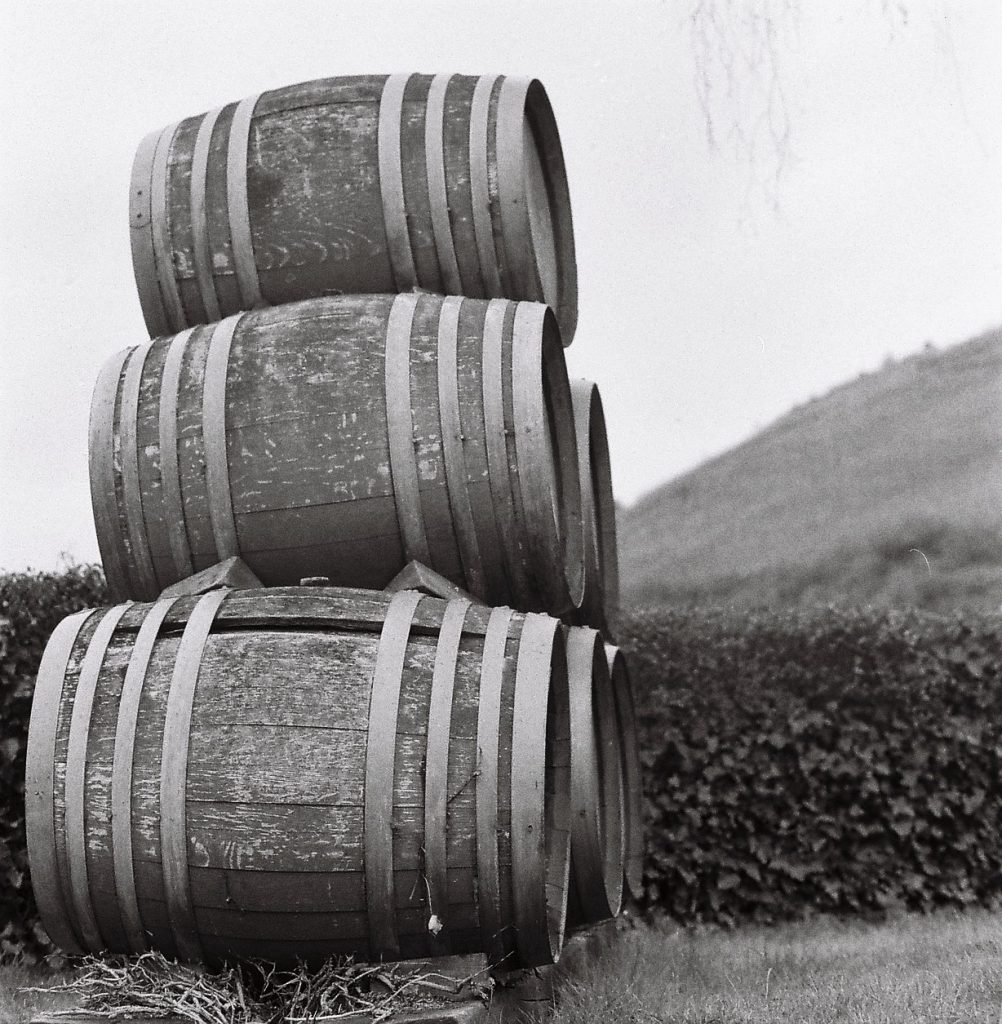
The Contax has the familiar LED lights in the viewfinder. Battery-powered, but running on 4 standard AA batteries! Although you would think the batteries make it too heavy, that is really not the case, as the ergonomics are very good and the body weighs in at under a pound. The shutter is electronic and very buttery. The Contax is a technological wonder for the time. About 50,000 copies of this particular model sold.
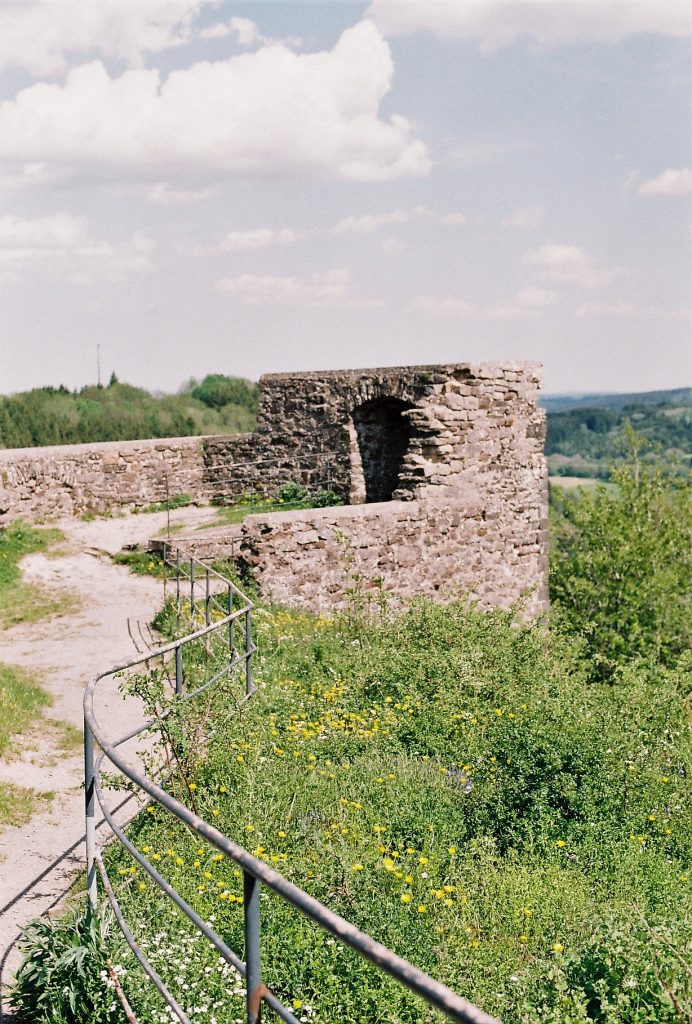
Today, the Contax 137 MD is pleasant to use for an outing. You can focus on composition, knowing that the machine will capture the subject in all its glory. It delivers great images, has great functionality. It does not get in the way with strange button combinations. And it is not expensive to purchase, even the fabulous lenses are a fraction of what other (more storied) products cost. As in the 1980s, using the C/Y system allows you to try out the Carl Zeiss optics at a very good price. You might start a collection of their lenses for the money you saved on this fantastic body!
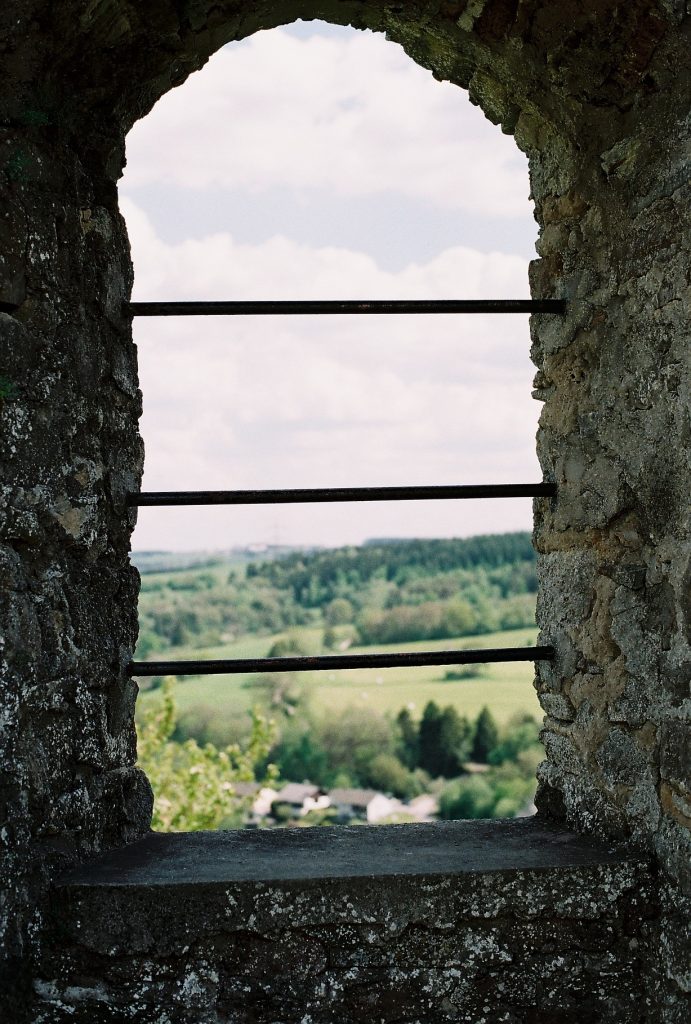
Another fun experiment is using a red filter and shooting a roll of Ilford SFX 400. I had the opportunity to visit Bandelier National Park near Los Alamos in New Mexico for a pleasant hike.
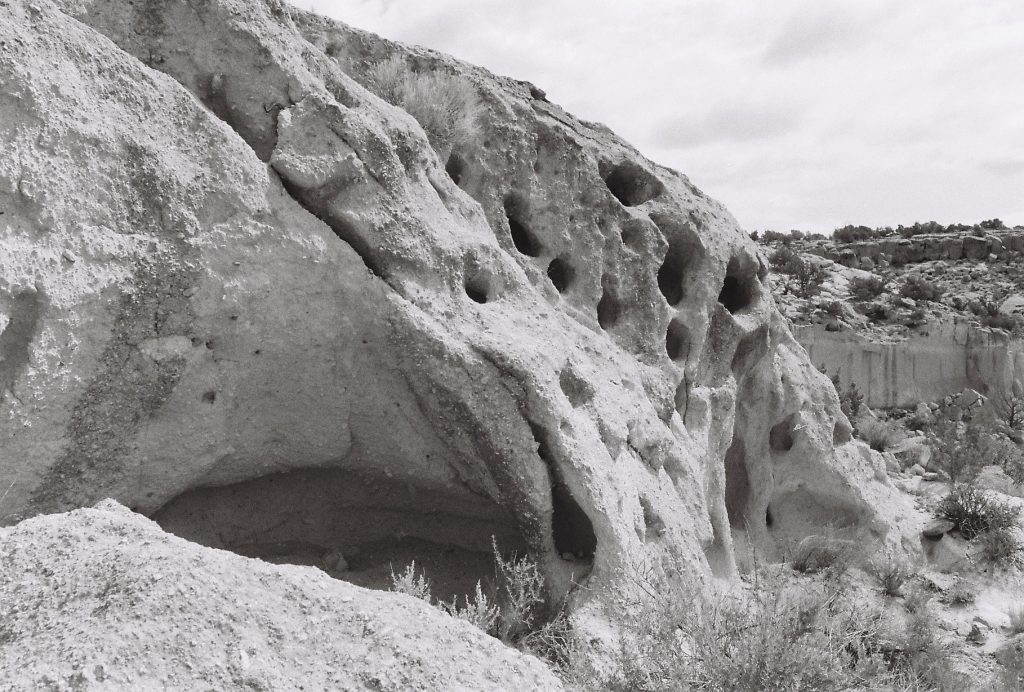
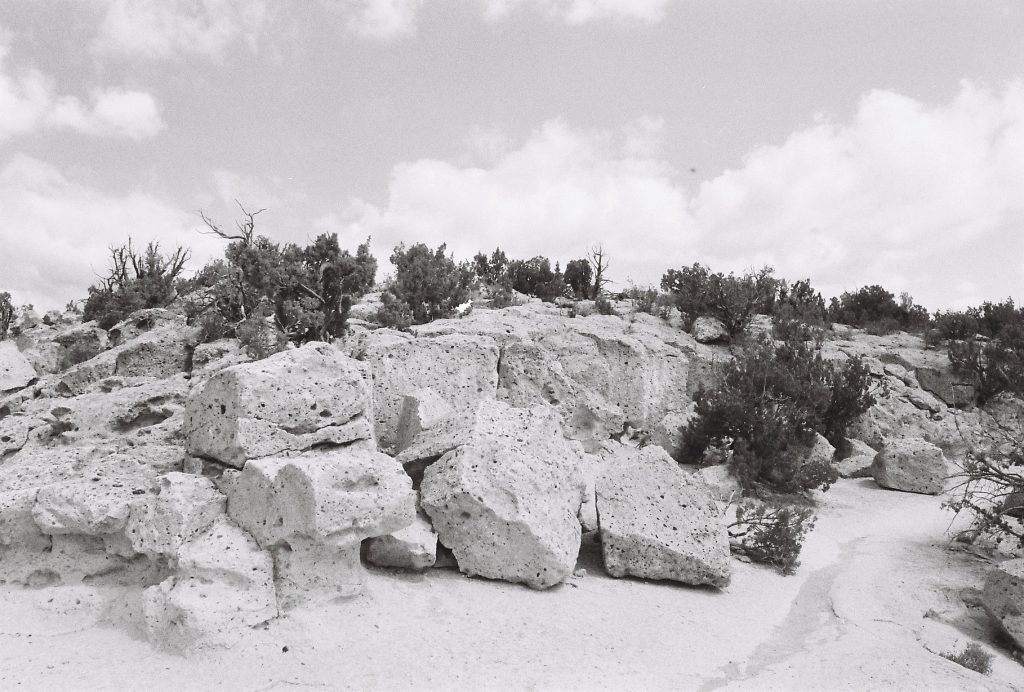
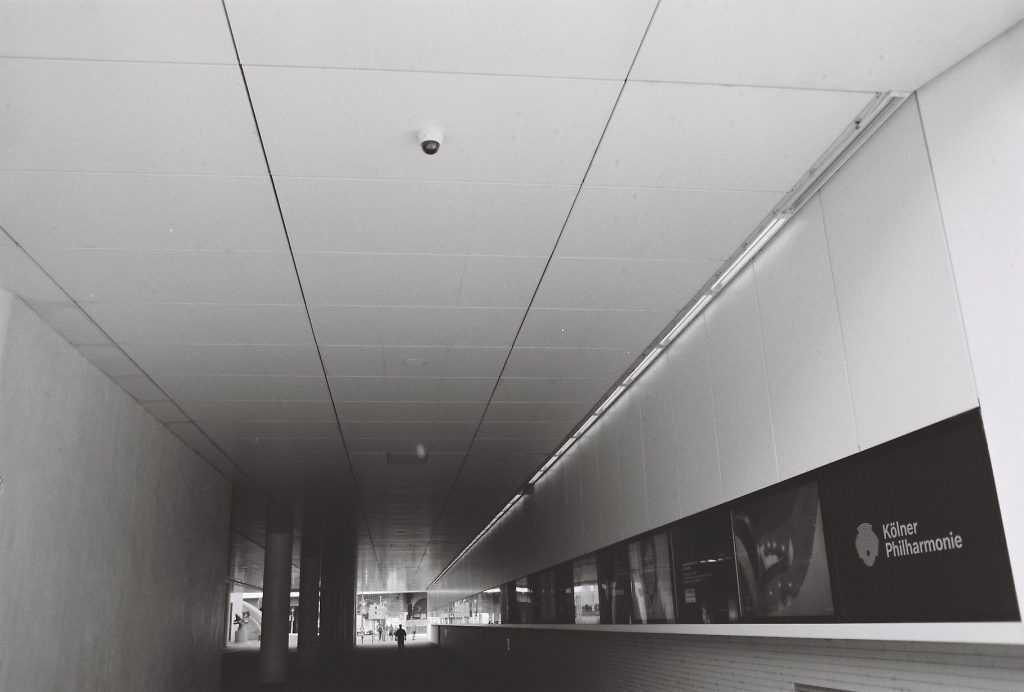
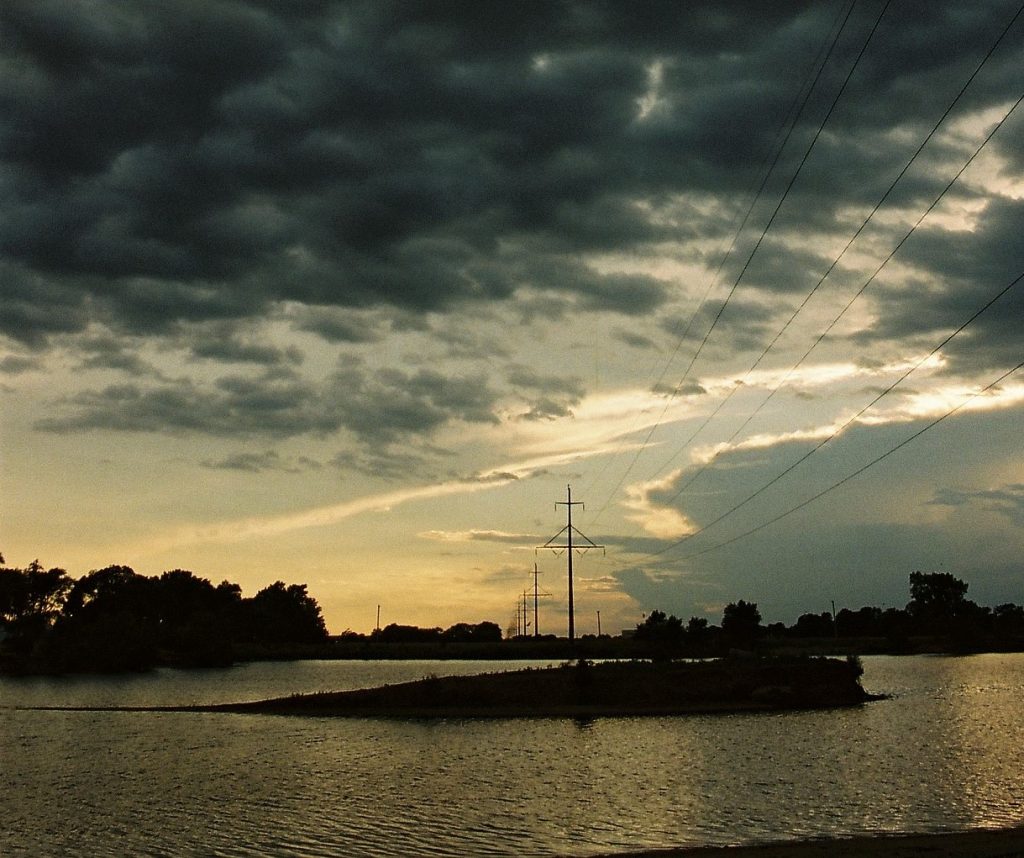
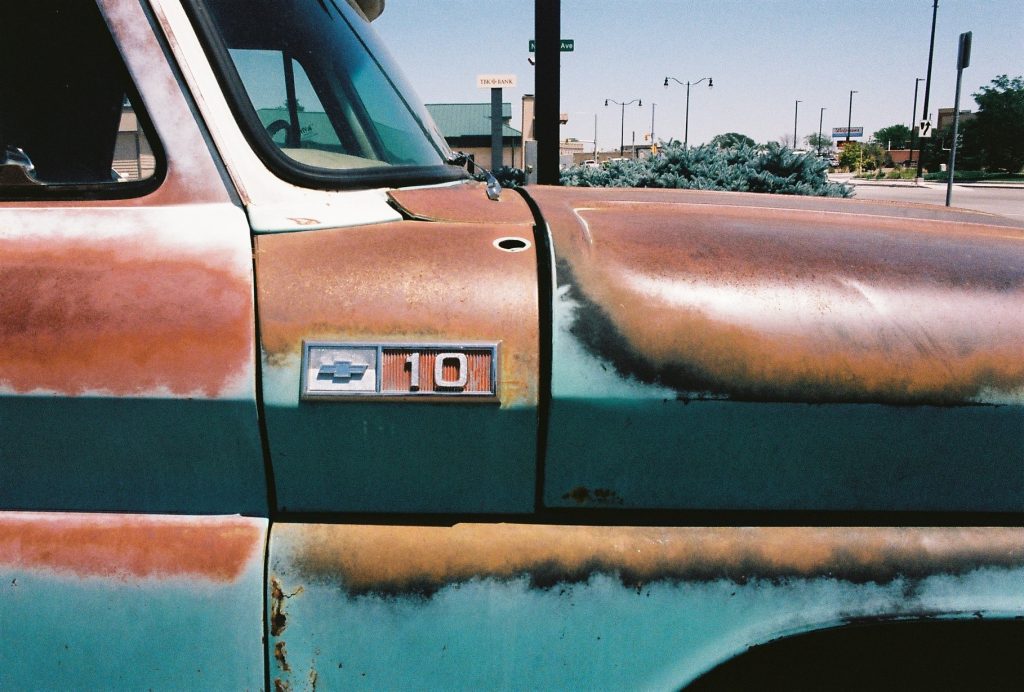
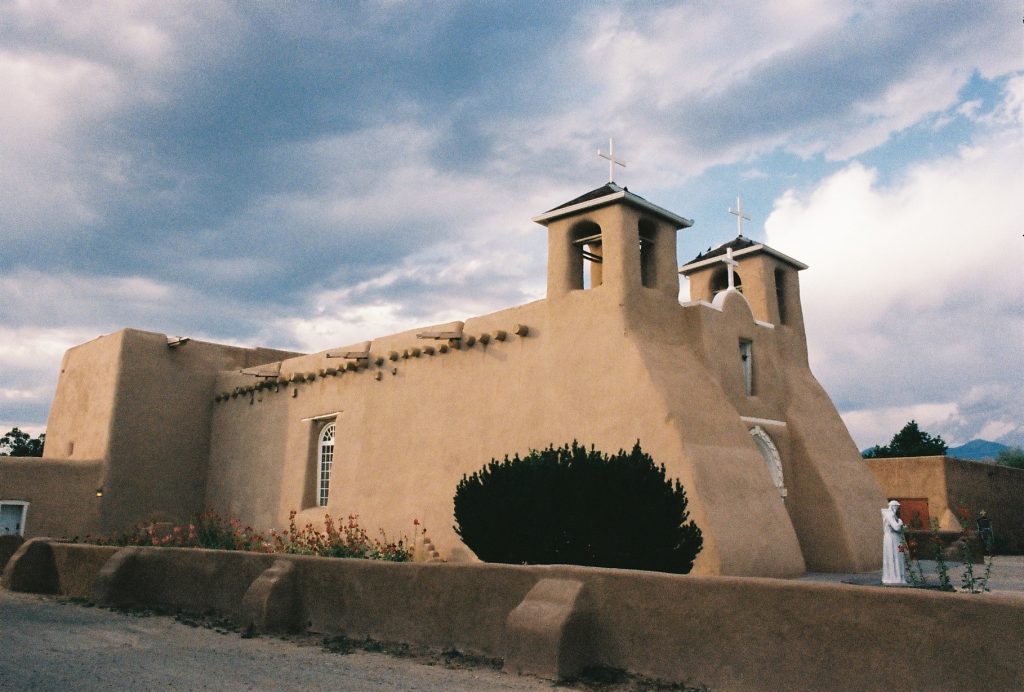
Links:
Manual: https://www.butkus.org/chinon/contax/contax_137/contax_137.htm
https://kamerakult.de/2020/07/17/contax-137-md-quartz-test-review/
http://www.ms-photo.de/analog-classics/Website/site-Contax.html
